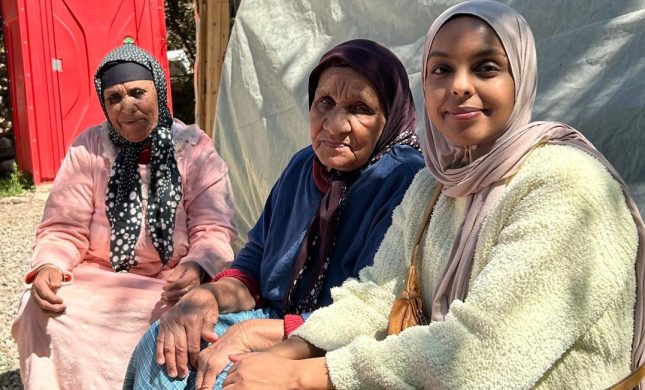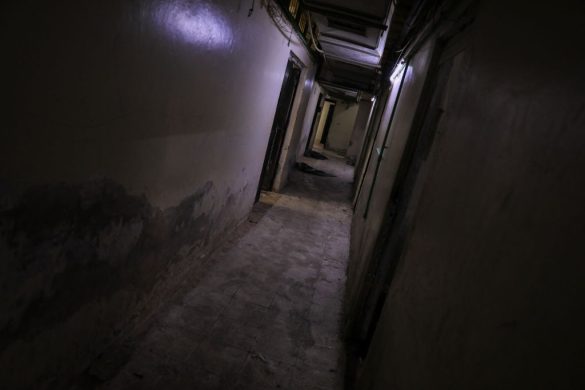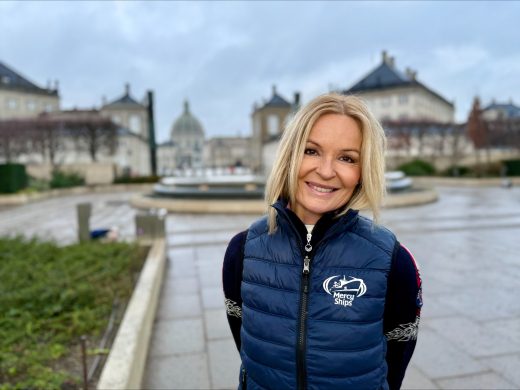Hvert år dør 143.000 mennesker af blyforgiftning. Nu vil vil FNs Miljøprogram (UNEP) have sat en stopper for farlige kemikalier, såsom bly, i maling i udviklingslandene – her er de farligste typer maling som oftest endnu ikke forbudt.
NEW YORK, 22 October 2013 (UN News Service): Pregnant mothers and young children in the developing world are exposed to high levels of lead (bly) through unsafe paints, particularly in colours yellow and red where lead is added as a pigment, United Nations environment agency Tuesday reported amid International Lead Poisoning Prevention Week of Action.
“In this day and age, it is quite frankly breathtaking that parents painting their child’s nursery a cheerful red, or handing their child a colourful toy may, through no fault of their own, be exposing that child to a pernicious and damaging toxin: lead,” said Nick Nuttall, Spokesperson and Director of Communications at the UN Environment Programme (UNEP).
The study finds that the majority of the paints tested would not meet regulatory standards established in most highly industrialized countries – for example, 90 parts per million (ppm) in the United States and Canada – and that some contain astonishingly high and dangerous levels of lead.
The study analyzed enamel decorative paints from nine countries: Argentina, Azerbaijan, Chile, Ethiopia, Ivory Coast, Ghana, Kyrgyzstan, Tunisia and Uruguay.
“This report seeks to catalyze action by raising awareness among Governments, manufacturers and consumers not just that the problem exists, but that there are cheap and safe alternatives to lead already in use that can lift this health burden in a very short time,” Mr. Nuttall said.
The report also found that few countries have established regulatory frameworks for lead paint, but those that do, generally exhibit lower lead paint levels.
Worldwide, 30 countries have already phased out the use of lead paint. The Global Alliance to Eliminate Lead Paint, co-led by the UN World Health Organization (WHO) and UNEP, has set a target of 70 countries by 2015.
International Lead Poisoning Prevention Week of Action, which the Global Alliance is running through 26 October, focuses this year on the important of avoiding lead paint and using safe alternatives in order to prevent children from being harmed by lead poisoning.
Exposure to lead paint can be particularly grave among children, especially those living in low and middle-income countries which account for 99 per cent of children affected by high exposure to lead, WHO reported.
An estimated 143.000 deaths per year result from lead poisoning, often linked to lead paint, while some 600.000 new cases of intellectual disabilities are linked to childhood lead exposure.














